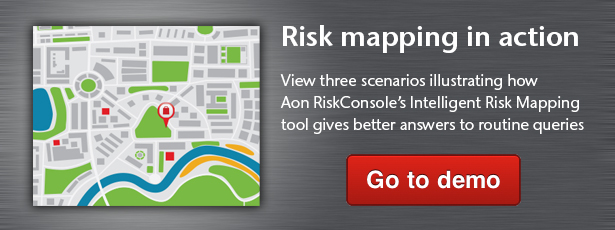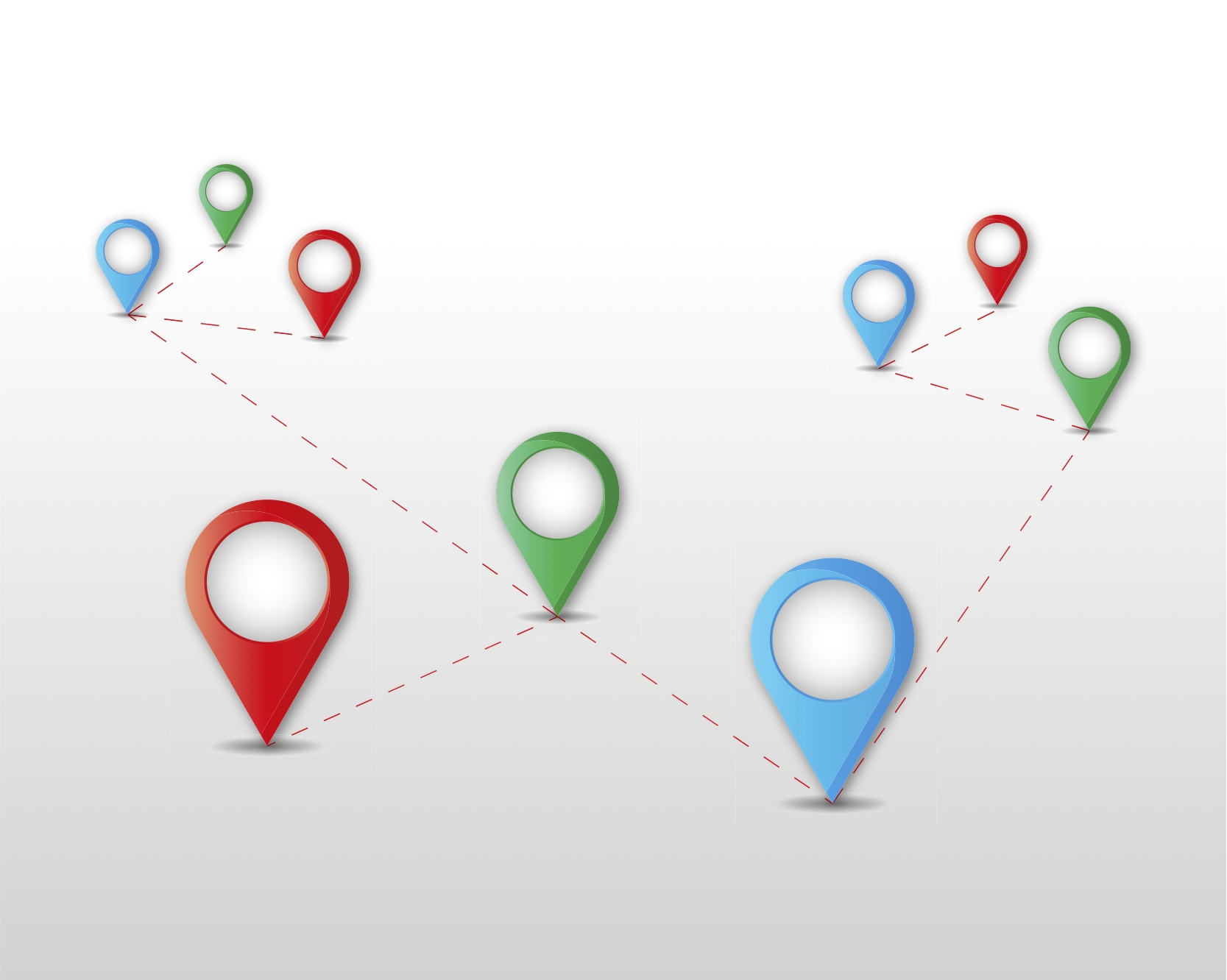 As the director of Data Services with the Aon eSolutions Professional Services team, I can't stress strongly enough the importance of carefully managing data as it's being brought in to a risk management information system software (RMIS). A strong data integrity plan enables risk management software to efficiently extract data from a multitude of sources, formats and files and then convert it flawlessly to the new data structures established within the RMIS.
As the director of Data Services with the Aon eSolutions Professional Services team, I can't stress strongly enough the importance of carefully managing data as it's being brought in to a risk management information system software (RMIS). A strong data integrity plan enables risk management software to efficiently extract data from a multitude of sources, formats and files and then convert it flawlessly to the new data structures established within the RMIS.
 It's no exaggeration to say that data is the bedrock for the entire RMIS; in terms of the quality and consistency of information that the RMIS manages, the data structure determines whether the system meets, or fails to meet, expectations. That's why we, as a RMIS provider, work closely with our clients to carefully design their data intake and loading processes.
It's no exaggeration to say that data is the bedrock for the entire RMIS; in terms of the quality and consistency of information that the RMIS manages, the data structure determines whether the system meets, or fails to meet, expectations. That's why we, as a RMIS provider, work closely with our clients to carefully design their data intake and loading processes.
Data mapping: A definition
Data mapping is a process by which different data sources are linked to each other using a defined set of methods to characterize the data in a specific definition. This definition can be any atomic unit, such as a unit of metadata or any other semantic. Data mapping serves as the initial step in data integration and is used to consolidate multiple data sources into a single database. The goal of a successful data mapping project is to transform / homogenize data values so they are consistent across multiple data sources and have real meaning in aggregated reporting. |
For this blog post, I thought it would be helpful for prospective and current RMIS users alike to discuss the elements of a sound data design. I'll also discuss the importance of data mapping to the implementation process in its entirety.
From the perspective of successful data coverage, these factors are critical:
- Providing an automated, reliable data-load process;
- Incorporating automated, robust balancing mechanisms that provide error notification in the event a file doesnt balance or arrive; and
- Incorporating regular auditing with each load.
Risk data quality: Checks and balances
Let me emphasize here that no matter how well a database is designed, if the data itself is not accurate, it wont be worth much. Thats why we put protocols in place that will monitor the integrity of data entering the RMIS.
In terms of monitoring data accuracy, the concept of balancing is critical. A good data intake process must include methods for reconciling (or, balancing) numerous variables. The number of records in the RMIS should be balanced with the number of records in the source data. Likewise, there is also financial balancing, which ensures the risk management software is bringing in the correct dollar amounts and that they're adding up correctly.
FOR EXAMPLE: Let's say you start out with a $1,000 claim and you get a $200 payment. You need to be able to check that you got the $200 payment and that the claim ends up equaling $1,200 after the source file is loaded. This ensures the claim will balance to what is on the sources system.
Watching for large swings in data size or financials
It's important to notice any usual activity in data updates as well. This could indicate that something went wrong with the production of the file or that a change was made in the data source.
Using custom automated controls designed for each individual data source, we can alert both my team and the client if unusual activity is received on a particular file. We can make sure that any changes in frequency or dollar swings are accounted for, investigated and corrected, if necessary.
FOR EXAMPLE: We have found that over time clients tend to have pretty consistent changes in record counts and financial changes. Let's say Client A usually sends 25 new claims a month, and the financials generally increase around $10,000 for that same period. If instead one month we get only one new claim (or we get 2,500), the load will be stopped and we will investigate why this file is so unusual.
Establishing sound protocols
It's our role as RMIS provider to guide the client through the design process so that they have high confidence in their data going forward. We work with them to determine the sources, volumes and formats of their data. We consult closely and then create custom balancing functions, both for the initial and the ongoing loads.
Different clients can have very different historical data scenarios. We've worked with clients who may be processing claims themselves using an in-house system. This client may never really have had the need to check for accuracy against multiple sources.
Other clients may have multiple vendors that handle different claims sets: one vendor may handle their workers comp, a different vendor may handle their GL and so on. Or a client may have one vendor doing the entire dataset, but they might have switched vendors from time to time. Or it could be a combination of those, as well.
These clients benefit universally from a high-quality mapping process. It is a huge benefit to them to have all of their data aggregated into one spot, in a consistent format, and auto-checked for accuracy.
The active import of the data is itself an audit of the data. The mapping process shows if there are any anomalies. A good example of an auditable irregularity would be a claims report date being earlier than the loss date. While we would not stop the load from proceeding for an issue like this, we do provide reporting so that these issues can be researched and corrected with the data source.
The importance of a seasoned team
I've found that one of the best assets a RMIS company can bring to support reliable data integrity is the experience of its data team. A seasoned team will know what to look for and can help the client design the data conversion process to meet the agreed-on goals.
FOR EXAMPLE: A seasoned data services team will have the experience to recognize that a particular TPA always sends payments net of recoveries, whereas another sends these values separately. This real-world experience helps determine how the datas going to come in and how best to handle it.
There are always little differences here and there, but an experienced data team knows the data theyre going to be getting. It places that team in a very good position to help clients understand the best way to organize their data to support their business needs.
For a client that already has a RMIS but is changing vendors, the team can help ensure that the new reports balance as the prior ones have done. We find that once the client makes the transition, they are thrilled to have a reliable dataset on which to base critical business decisions. They have all their data aggregated in one place, from all their different vendors as well as any internal systems and can report on all that data across coverages, currencies, policies, etc. The process is automated, with controls and alerts built in.
Spotlight on data security
Finally, I'll touch on another facet of data management that has become vital to the mapping process. That is security. Clients are calling for extreme security across all the data that their RMIS handles. With all the sensitive information RMIS systems are handling today, they are insisting that it be both encrypted and sent securely.
The setup also must ensure that the data is accessible to only those users who need it in order to load data into the system.
This focus on security will continue to be a growing trend, particularly with emphasis on requirements like HIPAA. The RMIS providers must have the controls in place to keep the data secure.
Kelly Sullivan is the director of the Data Services unit within Aon eSolutions. You can email her at Kelly.Sullivan@aon.com.








 As the director of Data Services with the Aon eSolutions Professional Services team, I can't stress strongly enough the importance of carefully managing data as it's being brought in to a
As the director of Data Services with the Aon eSolutions Professional Services team, I can't stress strongly enough the importance of carefully managing data as it's being brought in to a  It's no exaggeration to say that data is the bedrock for the entire RMIS; in terms of the quality and consistency of information that the RMIS manages, the data structure determines whether the system meets, or fails to meet, expectations. That's why we, as a RMIS provider, work closely with our clients to carefully design their data intake and loading processes.
It's no exaggeration to say that data is the bedrock for the entire RMIS; in terms of the quality and consistency of information that the RMIS manages, the data structure determines whether the system meets, or fails to meet, expectations. That's why we, as a RMIS provider, work closely with our clients to carefully design their data intake and loading processes.



